I’ve been reading a book called The Biology of Wonder: Aliveness, Feeling and the Metamorphosis of Science by Andreas Weber. It’s a dense read and I often pick up the book and then put it down without making a great deal of progress. But I keep coming back to it because I’m intrigued by it’s subject. The Biology of Wonder seems both poetic and paradoxical to me.
Wonder and Biology
Combining wonder—a cause of astonishment or admiration—with biology—the science of life or living matter in all its forms and phenomena—at first seemed terribly implausible. But the more I thought about it the more plausible it became. The more I read this book the more I find that it fills me with mystical delight. Weber argues that there is no separation between us and the world we inhabit and suggests that feelings and emotions are the very foundation of life. He backs up these claims with sound scientific evidence that refutes mechanistic views of life.
“Feeling is never invisible; it takes shape and manifests as form everywhere in nature. Nature can, therefore, be viewed as feeling unfurled, a living reality in front of us and amidst us.”
― The Biology of Wonder: Aliveness, Feeling and the Metamorphosis of Science
Life is miraculous, wondrous, and surprising and there is far more that we do not understand about it than we do. One of the great gifts my love of photography has brought me is an enhanced sense of wonder and appreciation for beauty in all aspects of life. Even though I am not an eager student of biology I am keen on experiencing wonder in the natural world.
Mystical Delight
Night skies, an eclipse of the moon, migrating butterflies, geese flying high overhead, trumpeter swans creating a cacophony of sound, tiny flowers blooming, animals surviving the coldest winters, walking under a canopy of tall trees, mumuration of starlings, seeing cloud patterns in the sky, a particular color of blue in the sky, walking in freshly fallen snow, raindrops on a leaf, soft night air caressing my skin, early morning light, turtles on a log, ducks swimming in the pond, robin’s eggs in a nest, the silent flight of an owl, northern lights in the sky, leaves falling like rain…
I feel wonder for all these things and many more each day.
Last night as I was reading further in the book, The Biology of Wonder, I found this passage thought-provoking.
In every moment bodies are engaged in the work of dogged self-construction to counter the ubiquitous downward push of entropy. A single cell repairs hundreds of dissolved DNA bonds every second to prevent its life from coming to a sudden end. Each act of repair is less the preservation of a fixed order than part of an ongoing self-reconstruction. Without their active self-production, cells would crumble into heaps of molecules within seconds. That is in fact what happens in death. Dying means no longer being able to self-create. It means to stop creating. A living being that can no longer bring itself forth as the center of its identity-making activity melts away into a mass of atoms, rejoining the universe of all other atoms.
— Andreas Weber, The Biology of Wonder
I find the idea that all of life is engaged in a process of “ongoing self-reconstruction” inspiring. And even though Weber was speaking in biological terms when he said that “Dying means…to stop creating,” for me these words are true in other ways.
We Are Designed to Create
We are designed to create. It’s in our DNA. So long as the desire to live breathes inside us, the desire to create is somewhere within us as well, at the cellular level and at the whole person level.
If you’re alive, you’re a creative person. You and I and everyone you know are descended from tens of thousands of years of makers. Decorators, tinkerers, storytellers, dancers, explorers, fiddlers, drummers, builders, growers, problem-solvers, and embellishers—these are our common ancestors. The guardians of high culture will try to convince you that the arts belong only to a chosen few, but they are wrong and they are also annoying. We are all the chosen few. We are all makers by design. Even if you grew up watching cartoons in a sugar stupor from dawn to dusk, creativity still lurks within you. Your creativity is way older than you are, way older than any of us. Your very body and your very being are perfectly designed to live in collaboration with inspiration, and inspiration is still trying to find you—the same way it hunted down your ancestors.”― Elizabeth Gilbert, Big Magic: Creative Living Beyond Fear
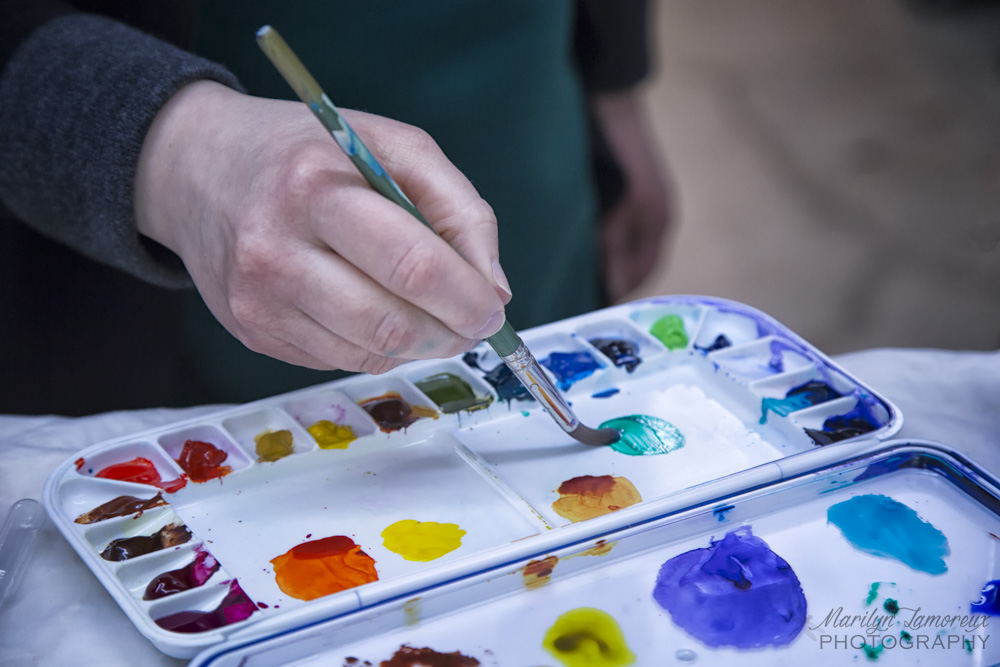

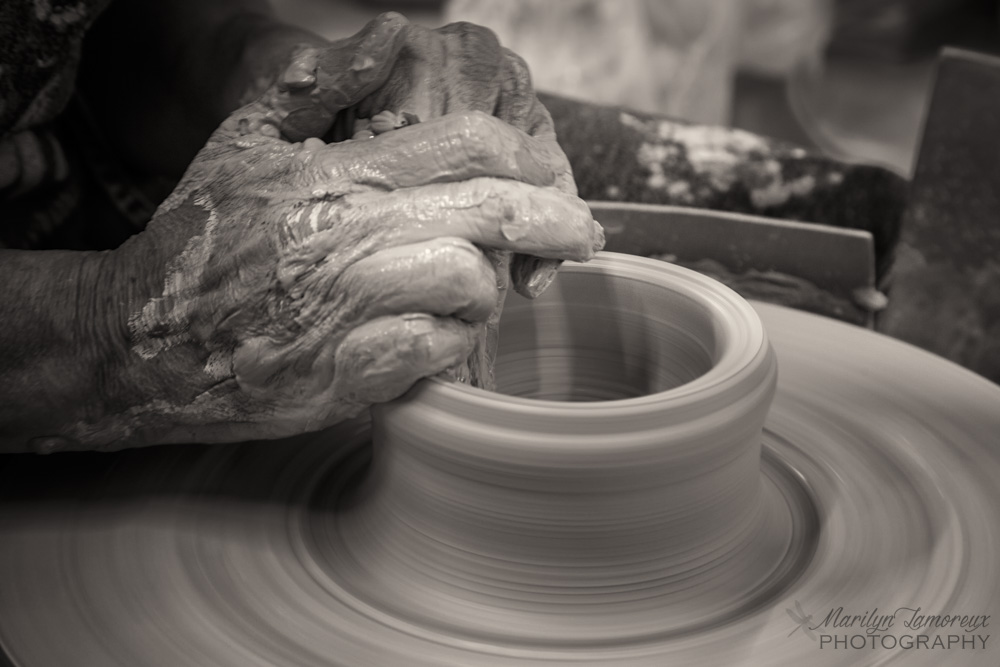

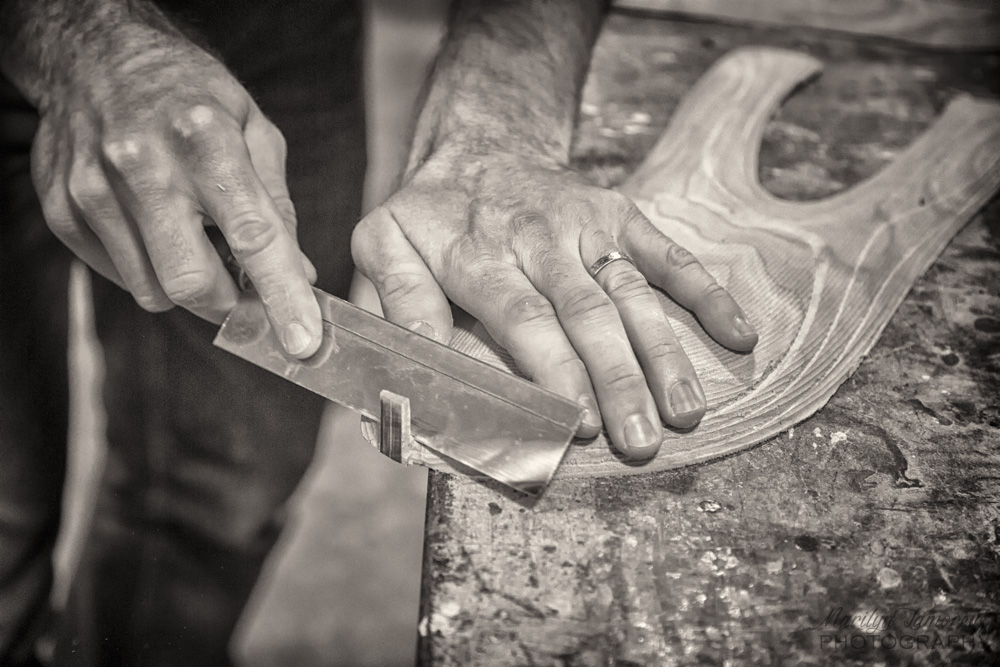

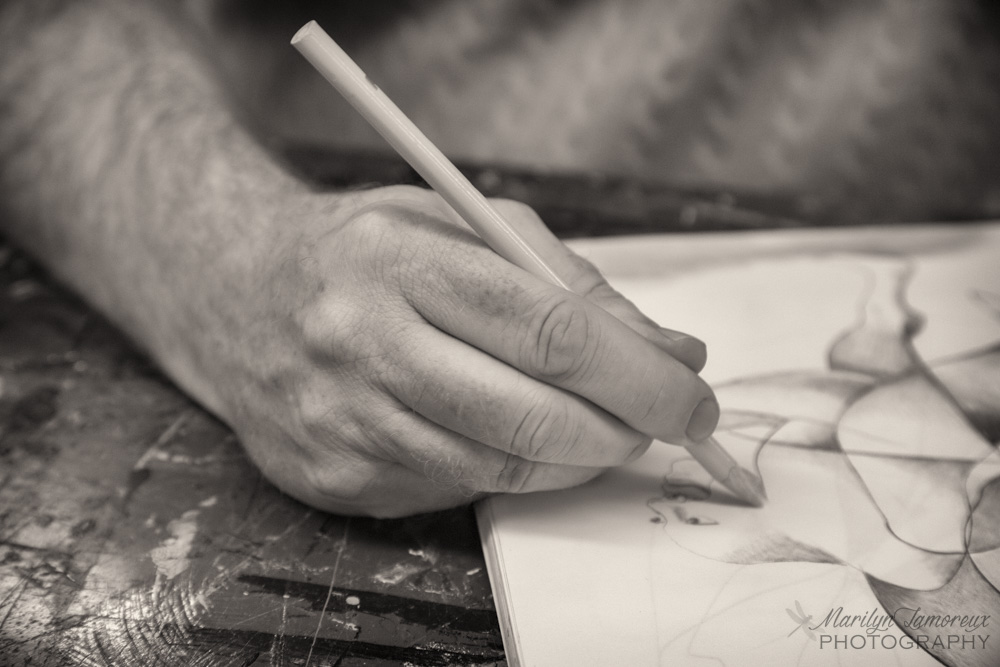
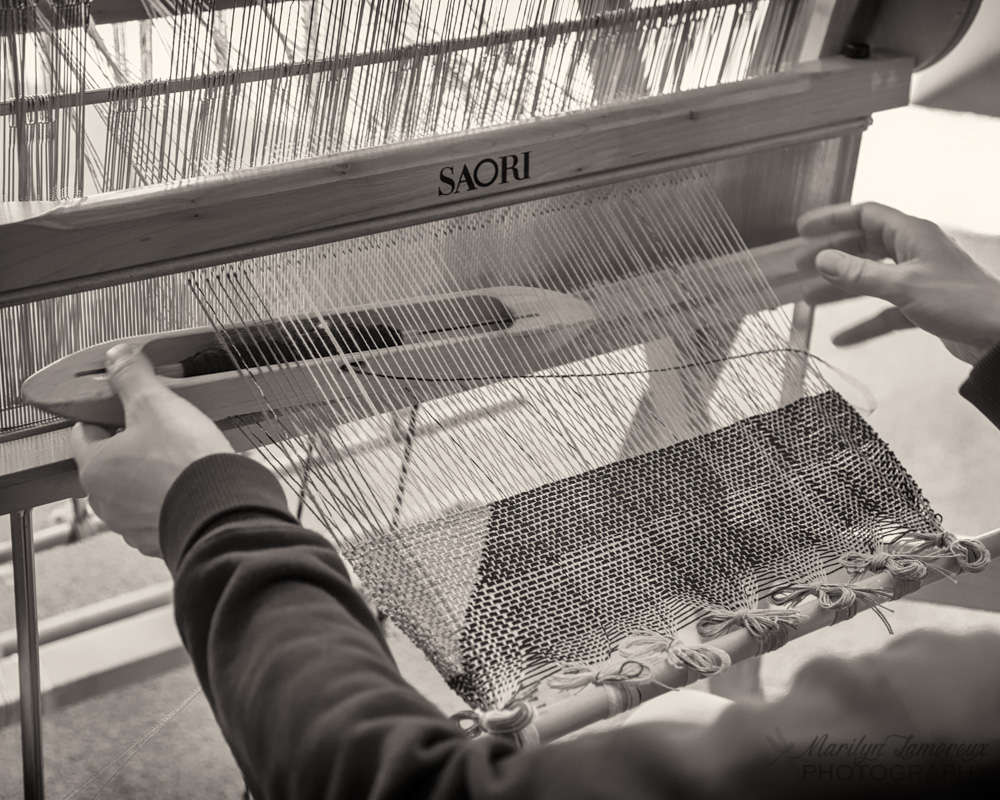
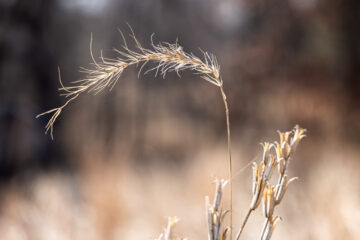
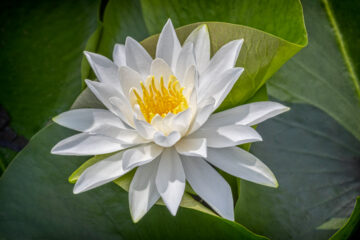

2 Comments
Jerry Sattinger · November 26, 2018 at 4:21 pm
This book that you are reading seems to share some of the philosophy of Indigenous People. The idea that all of what surrounds us creates us and we are one with creation!
Marilyn · November 28, 2018 at 3:41 pm
Yes, it does. Though he uses scientific language, the ideas permeate the book.